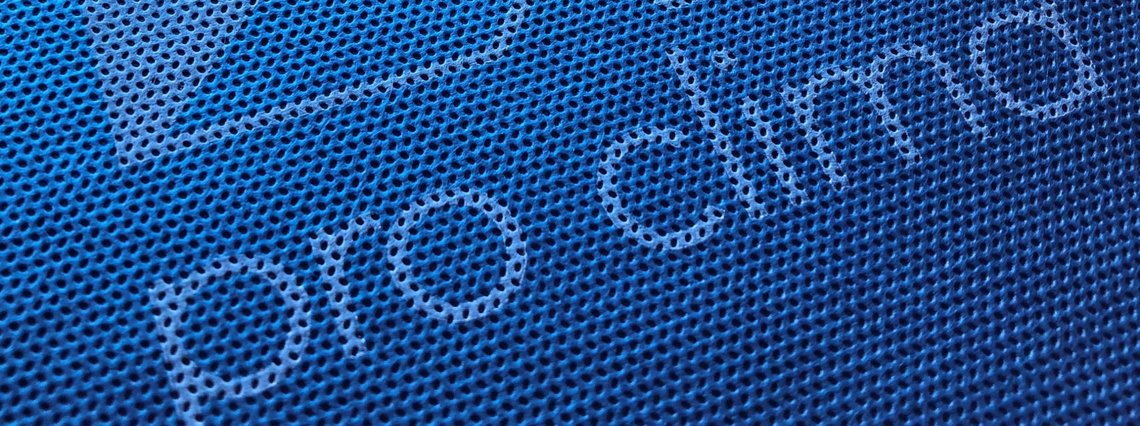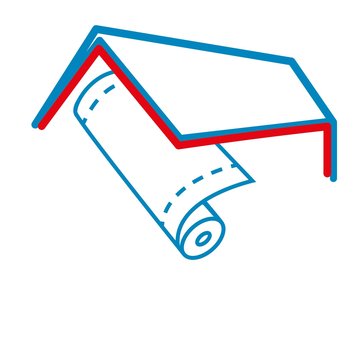Airtightness & Moisture Management Study


Airtightness
&
Moisture
Management
Study
pro clima Study – Airtightness & Moisture Management
This New Zealand study is based on factual evidence and computer-based simulations of combined heat and moisture transport in roof and wall structures, taking into account natural environmental conditions and moisture transport mechanisms within building materials. The simulations were carried out using a computer programme called WUFI®, for which BRANZ is the local partner in New Zealand. WUFI® uses verified climate data from NIWA — the same data used by EECA for their Home Energy Rating Scheme (HERS).
The pro clima Study was first published in 2011 and updated in 2020. Many of the construction issues initially highlighted in the study, unfortunately, persist today.
Building systems that prioritise occupant health have been a fundamental part of construction in many parts of Europe for decades. With 37% of New Zealand homes showing signs of indoor dampness, ongoing leaky home issues, and high rates of childhood asthma and respiratory illness, we believe all New Zealand families deserve the same care and performance standards.
These issues can now be effectively addressed. The pro clima system is well suited to New Zealand’s climate, helping to combat mould and condensation, protect against structural damage, and provide warm, energy-efficient comfort in all seasons. A high standard of building is both practical and cost-effective.
We hope the knowledge we share provides valuable insight into the far-reaching consequences of draughty, damp construction in New Zealand. Healthy, comfortable, durable, and energy-efficient living is a basic need for the 21st century!
*Click on the image to preview document
Table of Contents
*Click on the chapter & subchapter below to preview content
1. Summary and introduction
The humidification and drying processes within a building envelope are affected by moisture behaviour in the air, driven by the movement from high to low water vapour partial pressure, which depends on temperature and relative humidity. Moisture generally moves from warm to cold areas. Warming air decreases relative humidity while cooling increases it, potentially causing condensation below the dew point. Penetrations in the building envelope can lead to moisture ingress, so it's essential to design buildings that protect against moisture in winter and allow for drying in summer. Airtight membranes with variable diffusion resistance can help prevent structural damage from unexpected humidity.
Chapter 1: Subchapters
1.1. The building envelope - protection for the living environment
1.2. Protection from mould and heat loss
1.5. Healthy and comfortable living spaces
1.6. Thermally insulated building envelopes
1.8. Vapour diffusion flow in the summer
1.9. Intelligent moisture management
1.10. Moisture transport and living environment
1.11. Mould resulting from damp building constructions
1.12. Preventing structural damage and mould reliably
1.13. The physical properties of moisture in the air
1.13.1. During cooling: humidification, condensation, dew point
1.13.2. During warming: drying, lower humidity, increased water absorption
2. Mechanisms of moisture transport
Achieving 100% moisture protection in construction is impossible, making it crucial to use materials and systems that manage moisture effectively. The ideal approach involves diffusion-open systems that adapt to environmental conditions. Traditional vapor barriers can trap moisture and lead to mold, especially in summer. The key is to control both diffusion and convective moisture transport. An intelligent, airtight membrane with variable diffusion resistance offers a solution: diffusion-inhibiting in winter and diffusion-open in summer. This, combined with proper ventilation and dry building materials, increases the structure's drying capacity and protects against moisture-related damage.
Chapter 2: Subchapters
2.1. Moisture transport: vapour diffusion flow
2.2 Moisture transport: vapour convection
2.3. Moisture transport: damp building materials
2.4. Moisture transport: thermal bridges
2.5. Moisture transport: wrong construction sequence
2.6. Moisture transport: moisture due to driving rain
2.7. Moisture transport: ventilation systems
2.8. Moisture transport: how intelligent air barriers work
2.9. Moisture transport: how humidity-variable airtightness membranes work
3. Consideration of the building physics and moisture balance in building constructions
To understand moisture in buildings, two calculation methods are used: stationary and non-stationary (dynamic). Stationary methods, like ISO 13788, are highly simplified and offer only a rough assessment. In contrast, dynamic methods, using software like WUFI® Pro, provide realistic simulations by incorporating real-world climate data and detailed material properties. These non-stationary simulations analyze heat and moisture transport in hourly intervals, accurately predicting moisture accumulation and drying potential. This allows for a precise evaluation of a construction's "potential freedom from structural damage" by assessing how quickly it can dry after unforeseen moisture ingress, ensuring its long-term durability.
4. Walls
In New Zealand, building envelopes lacking internal moisture management face a significant risk of winter condensation, leading to potential long-term structural damage like mold and rot. While winter moisture is problematic, condensation that occurs in the summer presents a greater health hazard, as warmth accelerates mold growth. Simulations using WUFI® Pro software demonstrate this danger. The use of an intelligent, humidity-variable air barrier like pro clima INTELLO® is shown to be an effective solution. By adapting its diffusion resistance to seasonal conditions, it significantly reduces moisture within the construction, offering permanent protection against damage from both diffusion and convection.
Chapter 4: Subchapters
4.1. Boundary conditions and construction details
4.1.1. Construction details of the wall
4.1.2. Calculation with two different façades
4.1.3. Environmental conditions and locations
4.1.4. Layers critical to building physics with the risk of condensation
4.2.2. Cement board - plaster façade
4.3.2. Cement board - plaster façade
4.4.2. Cement board - plaster façade
5. Comparison of various types of wall wraps with regard to vapour permeability, raintightness and windtightness
For optimal performance, wall wraps must possess three key qualities: high diffusion permeability, superior rain impermeability, and complete wind-tightness. An ideal wrap allows moisture vapor to escape easily while preventing liquid water and air from penetrating the structure, thus protecting against energy loss and moisture damage. The pro clima SOLITEX EXTASANA®, with its non-porous TEEE membrane, exemplifies these features by actively transporting moisture and offering a high water column resistance. For maximum protection, pairing such a high-performance wall wrap with an intelligent internal moisture management membrane, like pro clima INTELLO®, compensates for any construction variables.
6. Roofs
Properly protecting roofs involves more than just insulation; it requires a systematic approach to air and moisture control. Insulation should be covered with a diffusion-open membrane to prevent energy loss and summer condensation. The roof underlay, acting as a secondary water barrier, must be strong, vapor-permeable, and thermally stable, with non-porous TEEE membranes offering superior performance. For inhabited attic spaces or skillion roofs, the ideal system combines a diffusion-open exterior underlay with an intelligent, humidity-variable interior air barrier. This pairing provides maximum protection against structural damage by actively managing moisture, even compensating for less permeable exterior layers.
7. Quality assurance: inspection and measurement of the airtightness of the building envelope
Quality assurance in construction now includes airtightness testing of the building envelope, a crucial step to prevent structural damage from air and vapor leaks. This is commonly done using a Blower Door test, which depressurizes the building to 50 Pascals, allowing leaks to be identified and repaired before final linings are installed. The results are quantified by two main metrics: the n50-value, which measures air changes per hour relative to the building's volume, and the q50-value, which measures air leakage relative to the envelope's surface area, indicating the quality of the construction fabric itself.
8. Thermal bridges
Thermal bridges are weak spots in a building's insulation that cause significant heat loss and create risks for moisture damage. They are categorized into two types. Geometric thermal bridges occur at building corners and junctions where the exterior surface area is larger than the interior, a problem often worsened in New Zealand by construction practices that leave uninsulated voids. Structural thermal bridges are caused by materials with high thermal conductivity, like steel beams, that cut through the insulation layer. Both types lead to cold interior surfaces, which can cause condensation and mold growth, increasing energy costs and compromising structural integrity.
9. Notes on planning and construction
For durable, condensation-free construction, building envelopes should be as diffusion-open to the outside as possible. The key to success is an internal, intelligent airtightness membrane that actively manages moisture, allowing inward drying when needed and protecting the structure. This system works best with fibrous insulation and diffusion-open interior linings like plasterboard; impermeable materials like foam or interior plywood should be avoided. Protecting the airtight membrane with a service cavity and using dry materials during installation are crucial steps to ensure a healthy, damage-free building with high energy efficiency and a high potential freedom from structural damage.
Chapter 9: Subchapters
9.1 Wall constructions and general information
9.5. Moisture caused by residents and moisture in new buildings
9.5.1. Damp rooms (60/10 rule)
9.5.2. Increased humidity during the building phase: HydrosafeTM-value (70/7.5 rule)
9.8. Drying potential towards the inside
9.9. The right time for installing the airtightness membrane
9.10. Dry building materials when installing thermal insulation



